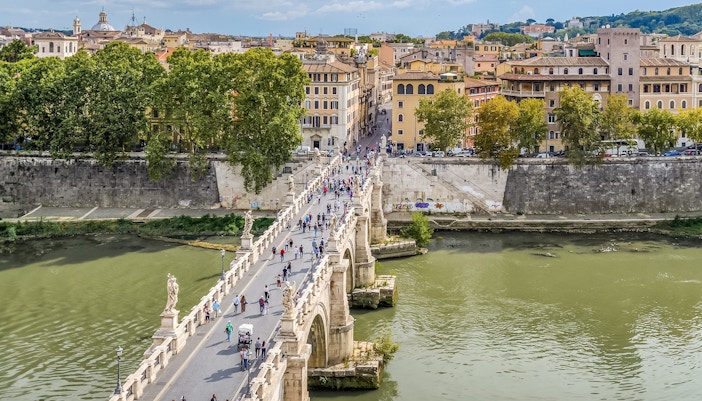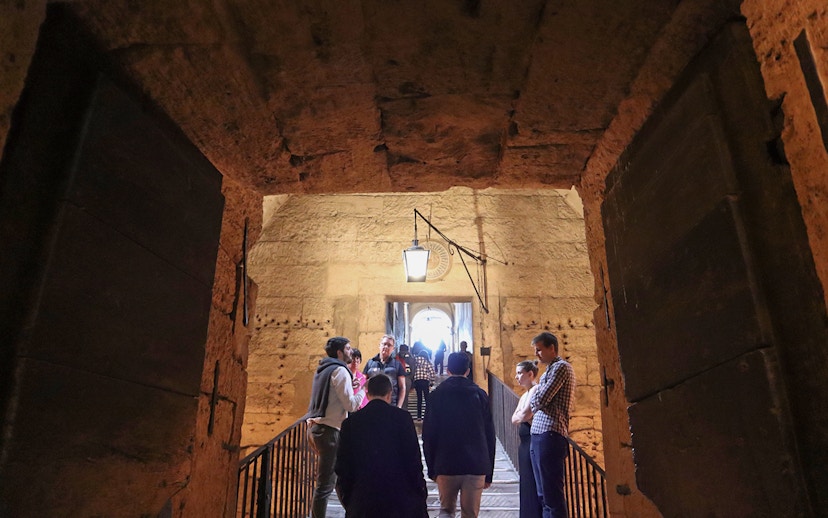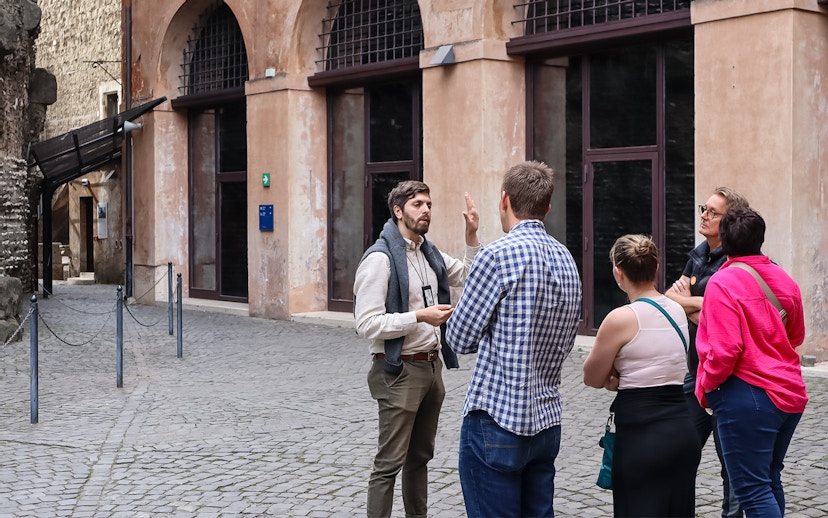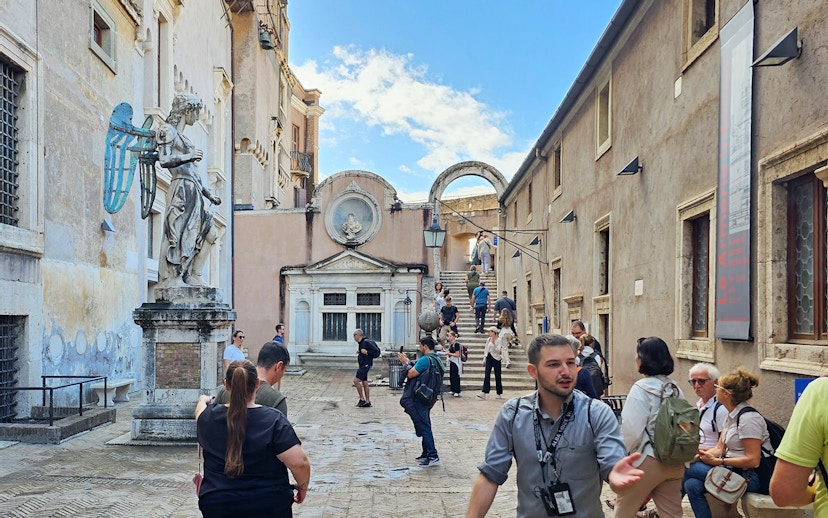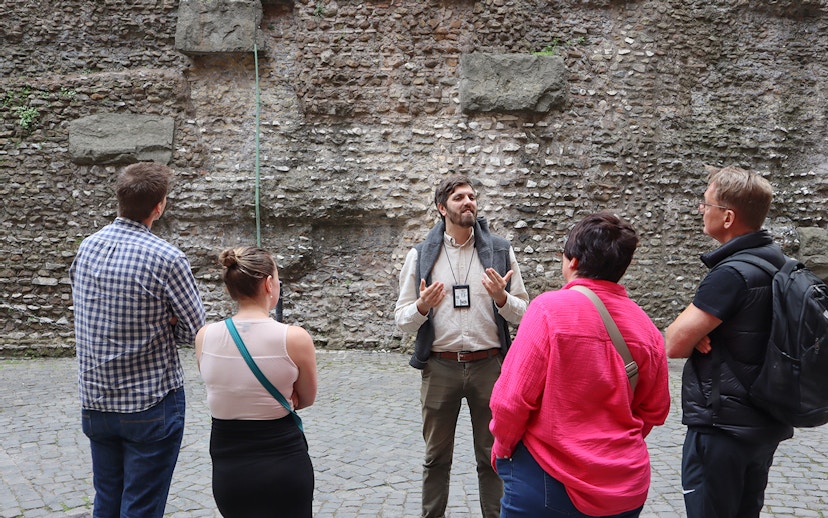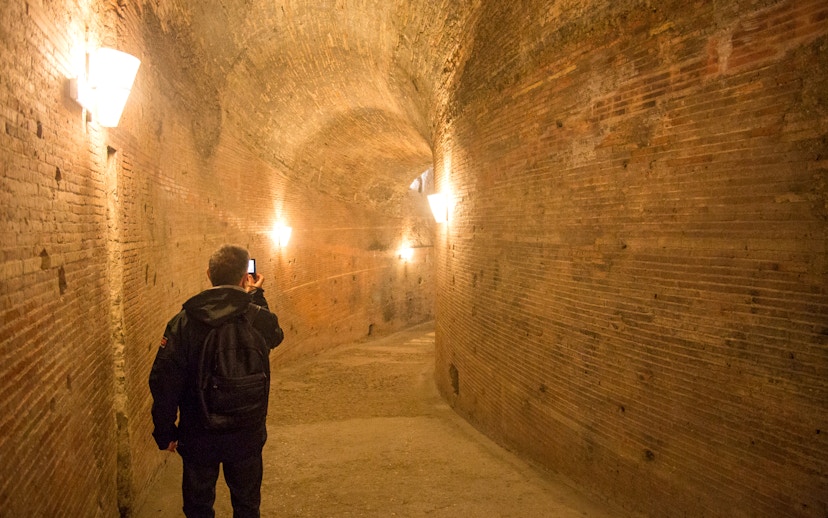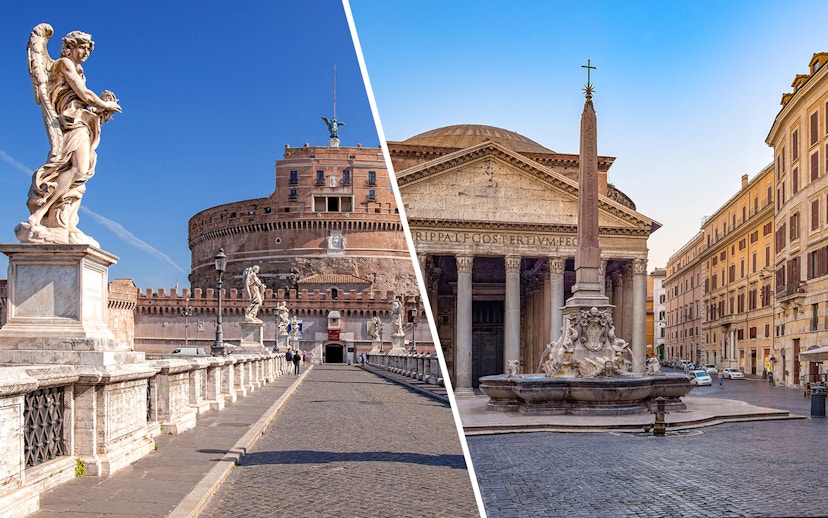What is Mausoleum of Hadrian?
The structure now known as Castel Sant’Angelo was originally built as the Mausoleum of Hadrian, intended as a grand tomb for the Roman Emperor Hadrian and his family. This massive cylindrical monument, constructed between AD 135 and 139, was designed to reflect the emperor’s power and legacy. Its original function as a mausoleum is what gave it its initial identity, but over the centuries, the building's purpose transformed dramatically.
From an imperial tomb, it evolved into a military fortress, a refuge for popes, and even a prison. Today, as Castel Sant’Angelo, it stands not only as a museum but also as a powerful symbol of Rome’s layered history—its name and architecture still echoing its ancient beginnings.


